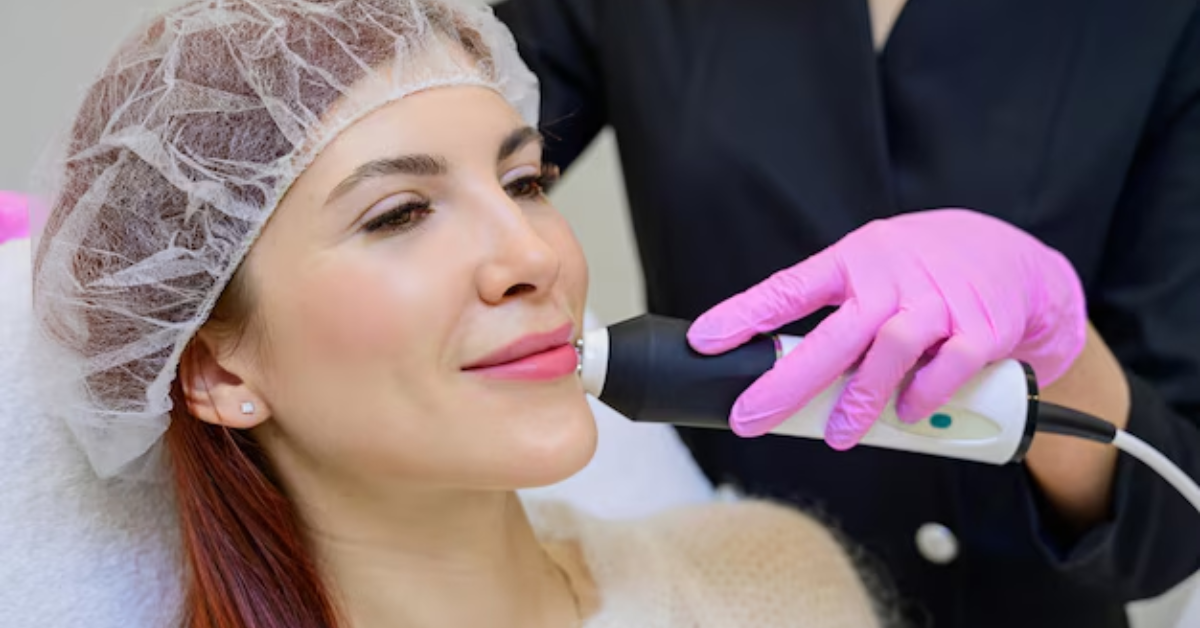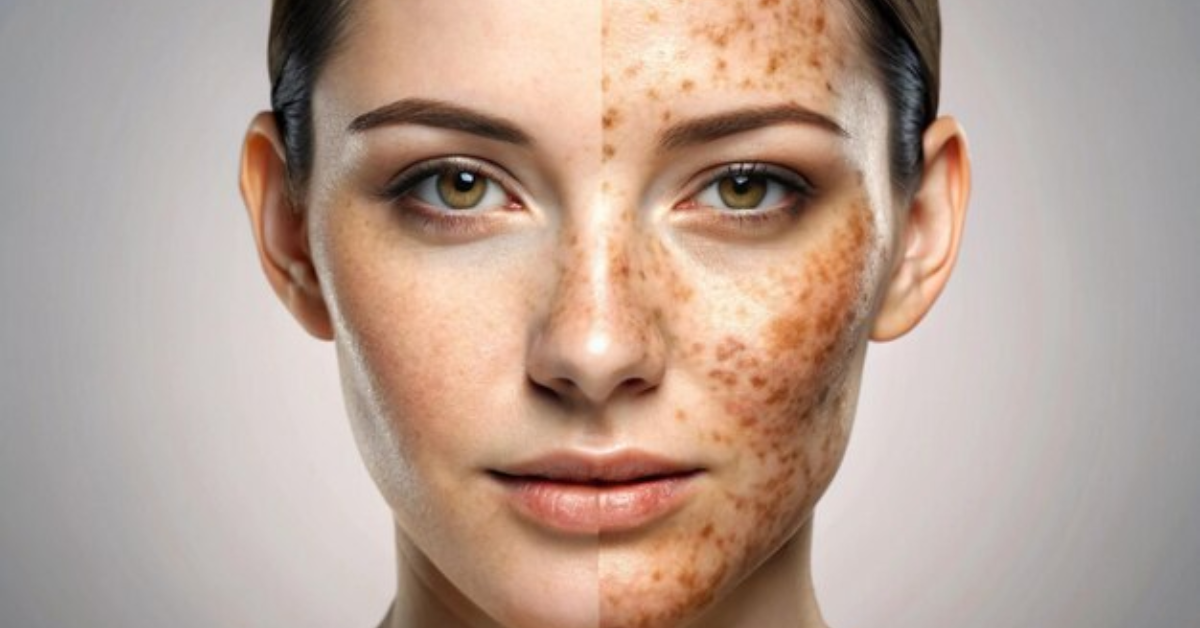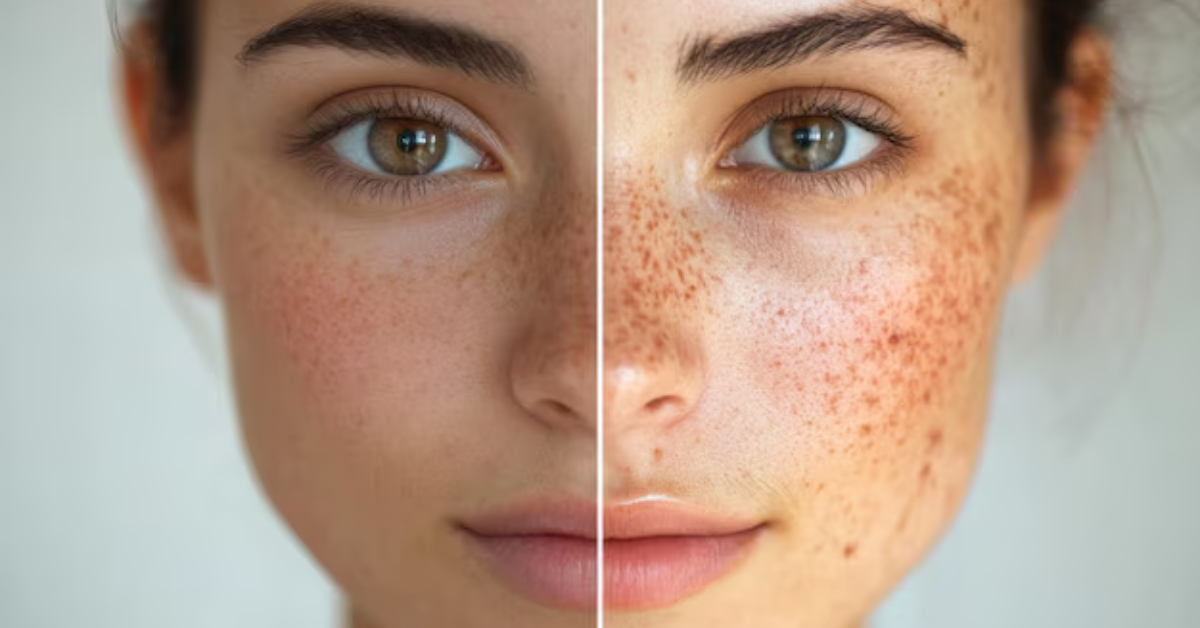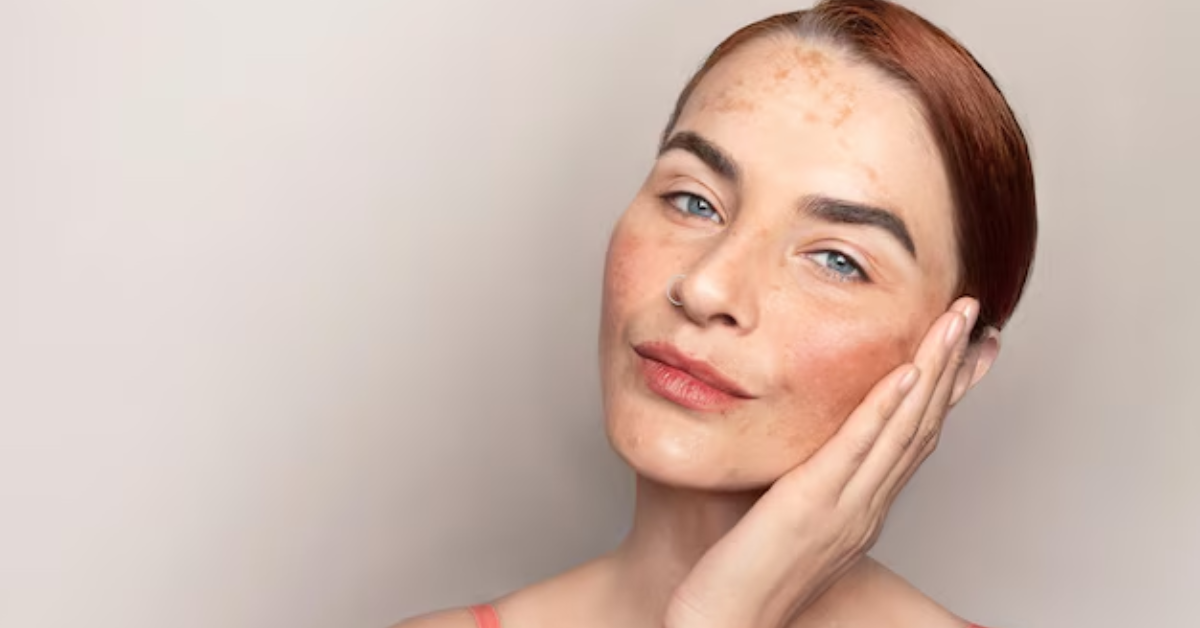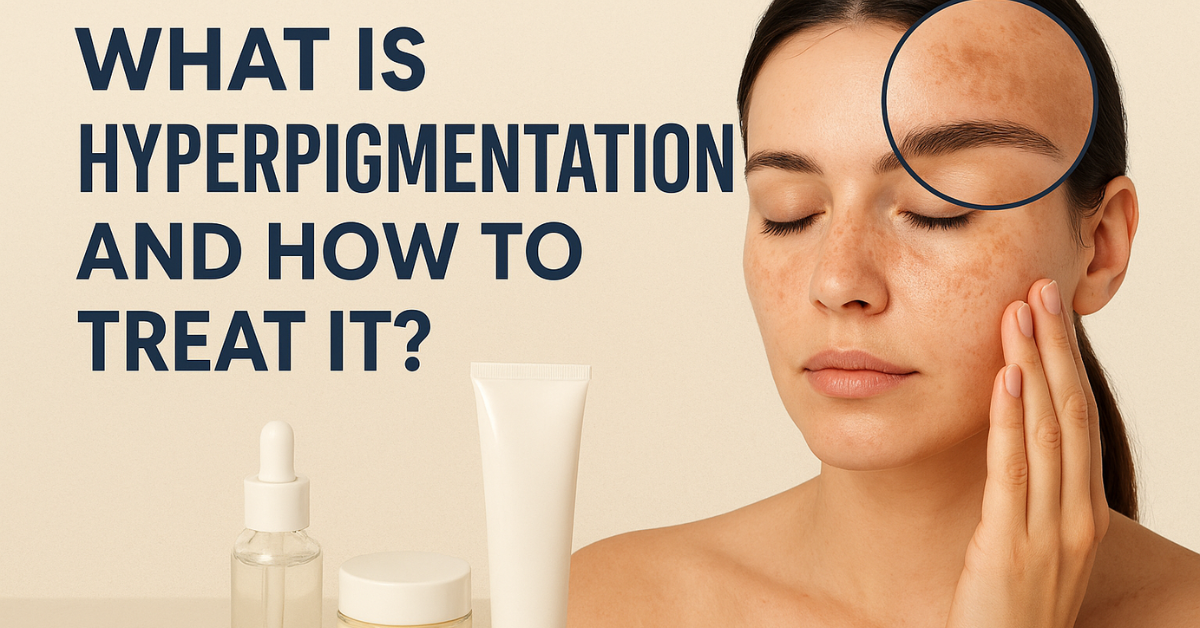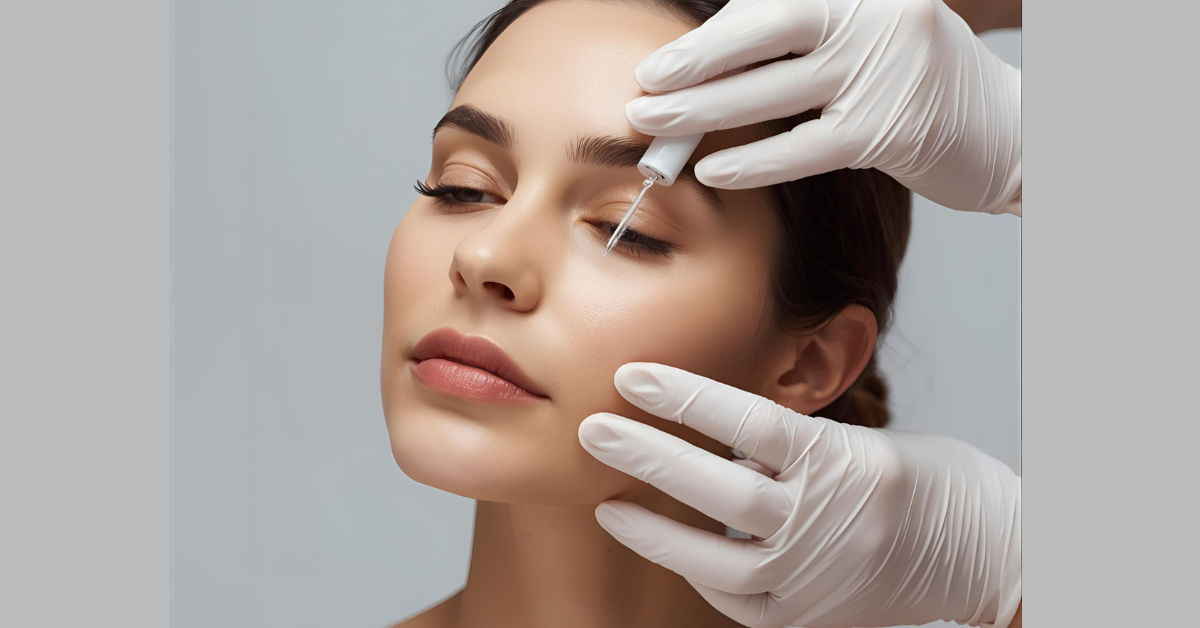How Is Skin Pigmentation Diagnosed?
Skin pigmentation issues, such as hyperpigmentation and hypopigmentation, can affect people of all skin types. While some pigmentation changes are harmless, others may indicate an underlying skin disorder. Proper diagnosis is essential to determine the cause and appropriate treatment. In this article, we will explore how skin pigmentation is diagnosed, the different techniques dermatologists use, and why professional evaluation is crucial.
Understanding Skin Pigmentation Issues
Skin pigmentation is determined by melanin, a pigment produced by melanocytes. Various factors, including sun exposure, hormonal imbalances, genetics, and skin conditions, can influence melanin production, leading to pigmentation irregularities. Common pigmentation disorders include:
- Hyperpigmentation – Darker patches of skin due to excess melanin production. Examples include melasma, age spots, and post-inflammatory hyperpigmentation (PIH).
- Hypopigmentation – Lighter patches of skin due to reduced melanin production. Examples include vitiligo and albinism.
- Pigmented Lesions – Moles, birthmarks, or other unusual pigmentation patterns that may require medical attention.
How Dermatologists Diagnose Skin Pigmentation
1. Visual Examination
A dermatologist begins by visually inspecting the affected areas. The doctor will assess:
- The size, shape, and color of the pigmentation.
- Whether it is symmetrical or irregular.
- The presence of any additional symptoms like itching, scaling, or inflammation.
Certain pigmentation disorders, such as freckles and sunspots, can be easily identified through this method. However, further tests may be necessary for a more accurate diagnosis.
2. Wood’s Lamp Examination
A Wood’s lamp is a special ultraviolet (UV) light used to examine pigmentation under different wavelengths. When the affected skin is exposed to this light, specific pigmentation disorders may appear more prominent, helping dermatologists determine whether the issue is epidermal (superficial) or dermal (deeper in the skin). This test is particularly useful in diagnosing melasma and distinguishing between different types of hyperpigmentation.
3. Dermoscopy
A dermatoscope is a handheld device that magnifies the skin, allowing dermatologists to observe pigmentation patterns more clearly. This tool helps differentiate between benign pigmentation and potentially harmful lesions such as melanoma. It is also useful in monitoring changes in moles and birthmarks over time.
4. Skin Biopsy
If a dermatologist suspects an underlying medical condition, they may perform a skin biopsy. This involves taking a small sample of the affected skin and sending it to a laboratory for further analysis. A biopsy helps in diagnosing conditions such as skin cancer, inflammatory skin diseases, and rare pigmentation disorders.
5. Blood Tests
In some cases, pigmentation changes may be linked to systemic health issues like hormonal imbalances, autoimmune diseases, or vitamin deficiencies. A blood test may be recommended to check for:
- Thyroid disorders (which can influence melanin production)
- Vitamin B12 deficiency (linked to vitiligo)
- Addison’s disease (causes skin darkening)
6. Genetic Testing
For congenital or hereditary pigmentation disorders like albinism, genetic testing may be used to confirm the diagnosis. This helps determine whether the pigmentation issue is inherited and if there are associated health risks.
Why a Professional Diagnosis Matters
Self-diagnosing pigmentation issues can be risky, as certain skin disorders mimic one another. What may seem like harmless sunspots could be an early sign of melanoma. A professional diagnosis ensures:
- Proper identification of the pigmentation issue.
- Tailored treatment plans that address the root cause.
- Elimination of serious health concerns like skin cancer or autoimmune diseases.
Treatment Options After Diagnosis
Once a diagnosis is made, dermatologists can recommend the most effective treatment. Depending on the cause and severity, options may include:
- Topical treatments such as hydroquinone, retinoids, or vitamin C serums.
- Laser therapy to target excess melanin.
- Chemical peels to remove pigmented skin layers.
- Microneedling or PRP therapy to promote even skin tone.
For those seeking the best pigmentation treatment, Malka Med Spa offers advanced skincare solutions tailored to individual needs. With expert dermatologists and state-of-the-art technology, clients receive personalized treatments for effective pigmentation correction.
Conclusion
Diagnosing skin pigmentation involves a combination of visual assessments, specialized tools, and laboratory tests. Since pigmentation issues can have various causes, consulting a dermatologist is crucial for an accurate diagnosis and effective treatment. By understanding the diagnostic process, individuals can take the right steps toward achieving healthy, even-toned skin. If you’re experiencing pigmentation concerns, seek professional evaluation to ensure the best course of action for your skin health.


